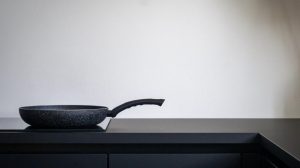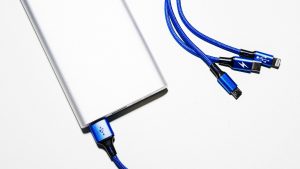
Mastering the Art of Household Appliance Repair: 10 Essential Tips to Keep Your Appliances Running Smoothly
Household appliances are essential tools that simplify our daily lives, but when they break down, it can be frustrating and costly. However, with a little know-how and some basic troubleshooting skills, you can often repair common appliance issues on your own. In this comprehensive guide, we will provide you with ten valuable tips to help you repair common household appliances, saving you both time and money.

Tip 1: Identifying Power Issues
Power problems are a common culprit for malfunctioning appliances. If an appliance isn’t working, check if it’s receiving power by ensuring it’s properly plugged in and that the outlet is functioning. Additionally, examine the circuit breaker or fuse box for any tripped breakers or blown fuses that may be affecting the appliance’s power supply. Resetting the breaker or replacing a blown fuse can often resolve power-related issues.
Tip 2: Addressing Water Supply Problems
Appliances like dishwashers and washing machines rely on a steady water supply. If your appliance isn’t filling or draining water properly, start by inspecting the water supply valves. Ensure they are fully open and not clogged with debris. If necessary, clean or replace the filters or hoses that connect to the water supply. Often, these simple steps can resolve water-related problems and get your appliance back on track.
Tip 3: Tackling Noisy Appliances
Unusual noises from appliances can be indicative of underlying issues. For example, a rattling noise from a refrigerator could mean a loose compressor fan, while a banging sound from a washing machine might be caused by an unbalanced load. Consult the appliance’s user manual to locate and inspect relevant components. Tightening loose parts or redistributing the load can often eliminate or reduce unwanted noises, extending the life of your appliance.
Tip 4: Unclogging Drains and Filters
When appliances like dishwashers or air conditioners fail to function properly, it may be due to clogged drains or filters. Check the user manual to locate and clean these components. Remove any visible debris, and use a mixture of vinegar and warm water to dissolve stubborn residue. Regularly cleaning drains and filters can prevent clogs, optimize appliance performance, and enhance longevity.
Tip 5: Troubleshooting Heating Issues
Appliances such as ovens, stoves, and water heaters rely on proper heating elements to function effectively. If you’re experiencing heating problems, start by checking the power supply, thermostat settings, and heating elements. Inspect for loose connections, damaged wires, or burned-out elements. In some cases, a simple replacement of the faulty component can restore the appliance’s heating functionality.
Tip 6: Resolving Refrigeration Problems
Refrigerators are essential for preserving perishable goods, so addressing cooling issues promptly is crucial. Check the temperature settings, ensuring they are set correctly. Clear any ice or frost buildup in the freezer section, as this can obstruct proper cooling. Additionally, clean the condenser coils regularly to optimize performance. If these steps don’t resolve the problem, consider contacting a professional technician to diagnose and repair any underlying issues.
Tip 7: Fixing Leaks and Water Dispenser Issues
Leaking appliances, such as dishwashers or refrigerators with water dispensers, can cause significant damage. Inspect hoses, valves, and connectors for leaks, cracks, or blockages. Replace any damaged parts, ensuring a tight seal. For water dispenser issues, check for clogged filters or faulty solenoids, which can often be replaced easily. By addressing leaks promptly, you can prevent further damage and maintain your appliance’s functionality.
Tip 8: Diagnosing Faulty Controls and Displays
Appliances with digital controls or displays may experience issues with buttons not responding or incorrect readings. Start by power cycling the appliance to reset the control system. Clean the buttons or touchpad to remove any dirt or debris that may be interfering with proper functionality. If the problem persists, consult the user manual for specific troubleshooting steps or consider contacting a professional technician for further assistance.
Tip 9: Maintaining Proper Ventilation
Appliances such as dryers and range hoods require adequate ventilation to prevent overheating and ensure optimal performance. Regularly clean and inspect vents, ducts, and filters, removing any accumulated lint, grease, or debris. Ensure proper airflow by keeping vents unobstructed and removing any blockages. Proper ventilation not only prevents potential appliance damage but also reduces the risk of fire hazards.
Tip 10: Seeking Professional Assistance
If you’ve exhausted the troubleshooting tips and your appliance still isn’t functioning correctly, it may be time to seek professional assistance. Professional technicians have the expertise and specialized tools to diagnose and repair complex appliance issues safely. Contact the appliance manufacturer or a trusted repair service to schedule a professional evaluation or repair.
Repairing common household appliances doesn’t have to be a daunting task. By following these ten essential tips, you can troubleshoot and repair many issues on your own, saving time and money. Remember to always consult the appliance’s user manual and exercise caution when working with electrical components. With a little patience and the right knowledge, you can become a proficient household appliance repairer, ensuring the longevity and smooth operation of your valued appliances.












